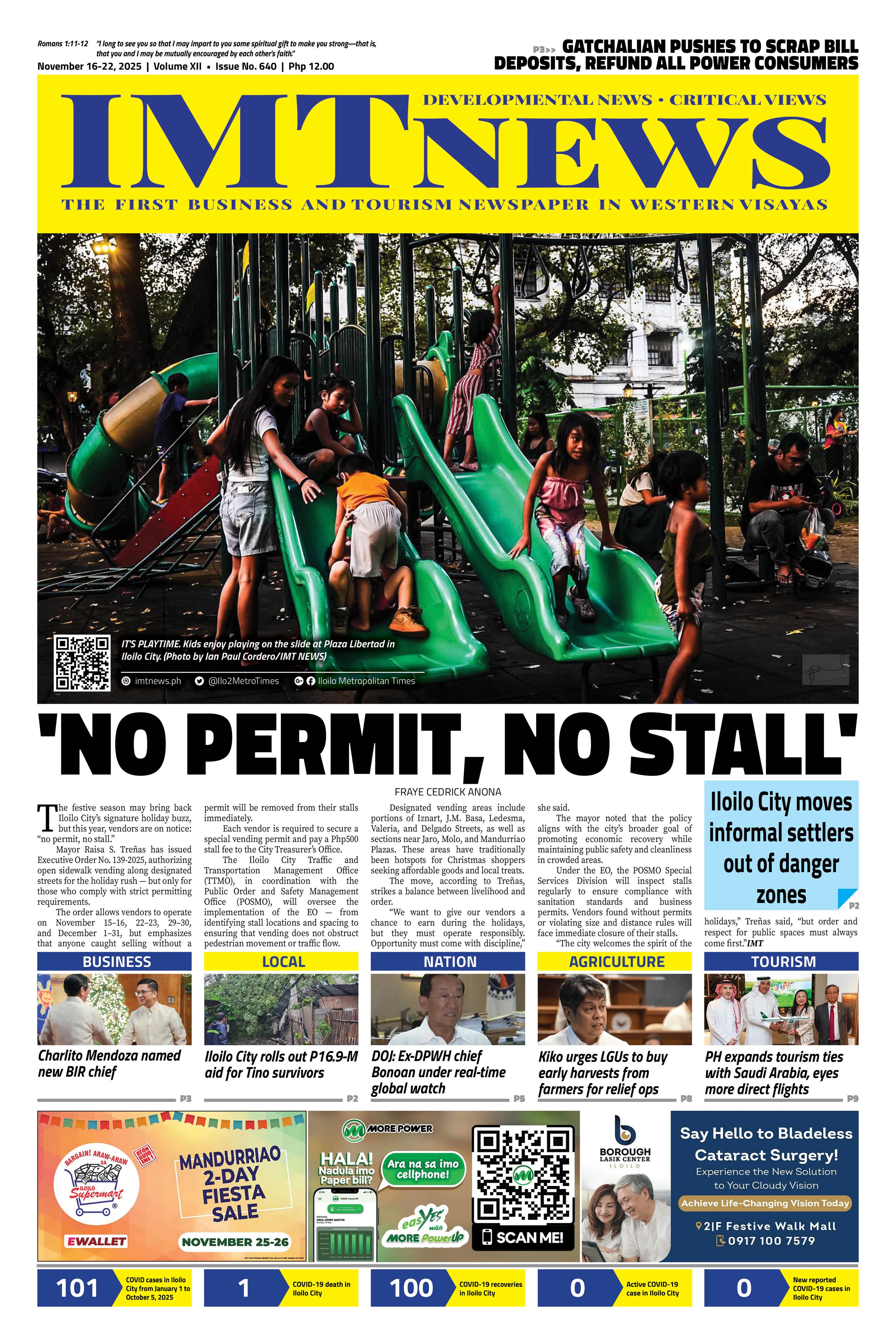She was not late, but her whole vibe said she wished she were anywhere else. Once the class star in SHS, now a quiet figure at the back of a college classroom, notebook hugged to her chest like it could explain everything. Her eyes bounced from the professor, to the projector, to classmates who all seemed to get it—except her. The pace was faster. The tone was sharper. There were no weekly reminders, no gentle recaps, no checklists. It was not high school anymore.
A post recently shared by retired University Professor and presently a Member of the CHED Technical Panel for Teacher Education, Dr. Luis Sorolla Jr., quoting a University of Houston professor, resurfaced this perennial debate: “I am your professor, not your teacher… My job is to lead you to the fountain of knowledge. Whether you drink deeply or only gargle is entirely up to you.” It sounds poetic and powerful—until one sits in front of a disoriented 19-year-old student wrestling with Foucault, academic citations, and mental fatigue, barely making sense of what it even means to “drink deeply.” To some, this statement rings true. To others, especially in the Philippine context, it raises a few brows and even more questions.
I get it. Professors profess. Teachers teach. It used to be a neat way to draw the line between basic and higher education. But in today’s evolving learning spaces, that line is smudging. Luis Sorolla was right to note that teachers follow a set curriculum laid out by DepEd, while professors have the room to chart their own course. That freedom—to choose what and how to teach—is, after all, what defines much of the college experience. But is it enough to claim, “I am not here to make you learn”? Is it not also a professor’s job to at least care if the student finds the path—or trips at the first step?
In a Jesuit school where I previously served as principal, we challenged this binary. We invited SHS students to co-author their learning—especially in Philosophy, Research, and Literature. We trained them to challenge texts, not just memorize them. We gave them agency not as a reward, but as a responsibility. These students engaged in dialogue with their teachers, but they were also held to high standards of grit, originality, and growth. The process was messy. But it was transformative.
That said, Sorolla’s shared piece is not to be dismissed. It reminds us that senior high, college, and graduate students—and their parents—must accept a painful truth: not all educators will hold your hand. Nor should they. University professors are not hired to handhold. They are deep into research, writing, and service work, on top of teaching. Their expertise lies in the discipline. Their task is to invite students into that discipline—not dilute it to make it more palatable.
But inviting is not the same as abandoning. Paulo Freire, the Brazilian philosopher who redefined critical pedagogy, once warned of the “banking model” of education where students are treated as empty containers to be filled. Yet he also cautioned against neglecting structure. Dialogue, he insisted, requires commitment from both sides. A professor who simply opens the fountain and leaves the student thirsty has not fulfilled the duty of facilitating deep learning.
Here, where the transition from senior high school to college is still a relatively new system, these distinctions become more urgent. Many SHS students enter college unequipped—not because they are unintelligent—but because the leap in expectations is vast. They go from formative assessments to blue-book essays. From weekly reflections to capstone defenses. From being guided step-by-step to navigating entire readings on their own. Without proper scaffolding, with others still functionally illiterate due to the learning crisis we now face, many drown.
Still, some students find their footing. Take Marjorie, a once-soft-spoken nursing freshman who barely passed her first major subject. Her professor, known for high expectations but also timely feedback, gave her a second chance after a brutally honest but fair consultation. She revised her paper—twice—after guidance and eventually aced the finals. That experience did not break her; it built her. She now tutors juniors. Not every student succeeds this way, but it proves what happens when challenge and support walk hand in hand.
The post of Dr. Sorolla stirs needed reflection. It reminds us that coddling students at every level will not serve them. Indeed, some need a jolt. But as the legendary educator Dr. Onofre Pagsanghan of Ateneo de Manila once told us during a Jesuit conference, “You do not wake someone up by slapping them. You wake them gently, but firmly, with love.” Teaching with rigor does not mean teaching without empathy.
The problem, perhaps, lies not in the post itself but in how it is sometimes weaponized. Some use it to justify arrogance. Others use it to evade accountability. “It is not my job to make you learn,” becomes a convenient excuse for a professor who refuses to answer student queries, provide rubrics, or adjust methods based on student progress. But in a true academic community, even freedom is exercised with care.
This leads us to a bigger conversation. Are our students ready for this kind of intellectual independence? Do they know how to read beyond PowerPoint slides? Can they analyze, not just summarize? Have we set them up to succeed in this new space? Biggs and Tang (2011) call it “constructive alignment”—where lessons, goals, and tests actually make sense together. The professor who simply lectures but never checks if students are processing content might be failing that alignment.
Meanwhile, in his Inquirer column, Dr. Gideon Lasco noted how difficult it is to get students to read deeply. He also highlighted how professors must both entertain and educate. That dual demand is real. Especially now. TikTok dances compete with term papers. Group chats with curated summaries replace long readings. The challenge for professors today is not just to profess, but to convince students that what they profess matters.
Some of the most influential educators I know—whether tenured or not—have figured this out. They do not water down content, but they humanize the process. They model intellectual rigor with humility. They guide without spoon-feeding. They critique papers, but also care when students miss class. They uphold high standards but know when to bend without breaking the student. This is not leniency. This is wisdom.
These days, some students expect high grades, while some professors keep their distance. Maybe the real answer lies in the middle—where freedom and accountability meet. Where professors are free to profess, but also committed to creating meaningful learning experiences. Where students are not coddled, but not abandoned either.
As the conversation continues online, maybe it is time we move past the tired labels—the spoon-feeding teacher, the distant professor. Some teachers push for quality not to be harsh, but because they believe students can do better. Some students are not self-entitled, just overwhelmed—trying, failing, revising, still hoping their effort counts. And then there are professors who give everything—guides, samples, feedback, time—only to receive late, rushed work. Failing a student never feels good. It stings, especially when you care. Some professors reread weak papers more than once, hoping to find something to save. But setting standards is part of the job too. It is not cruelty; it is commitment. Because real teaching, both in basic or higher education, is not about being soft or strict—it is about helping students grow, even when the lessons are hard.
In the end, it is not about job titles. It is about the bond between someone who knows and someone eager to learn. They clash, they connect—and both grow. The teacher and the professor are not two different species. They are chapters in the same journey. And if we are lucky, we become both—sometimes in the same day.
Doc H fondly describes himself as a ”student of and for life” who, like many others, aspires to a life-giving and why-driven world grounded in social justice and the pursuit of happiness. His views do not necessarily reflect those of the institutions he is employed or connected with.






